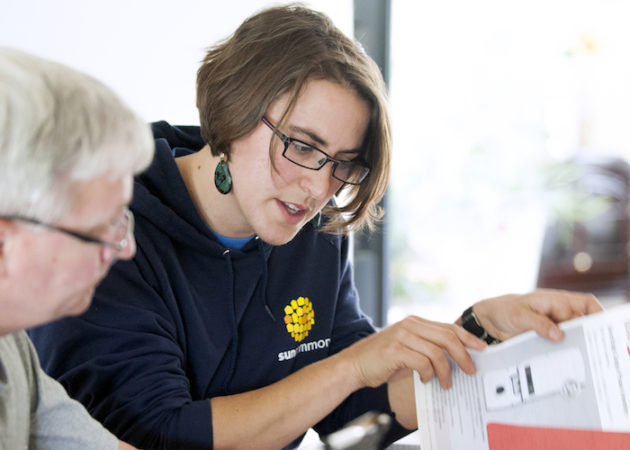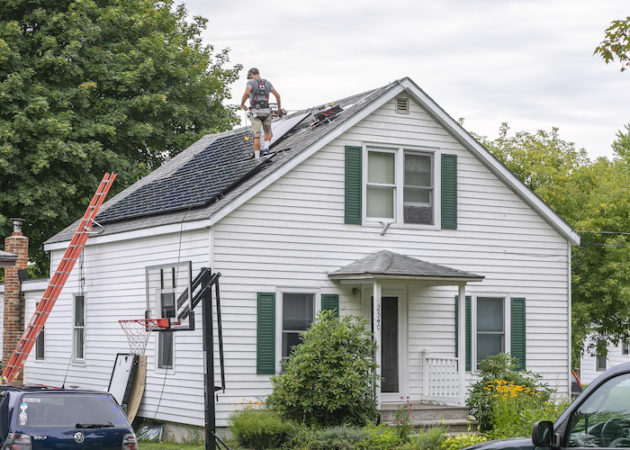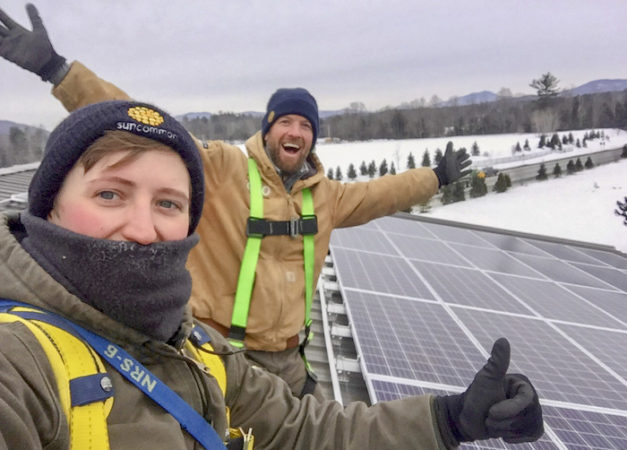How to Talk About Climate Change with Skeptics
If you are inclined to dive into the thicket of disinformation, which may include “warming is a natural process” and mutterings about “the climate hoax,” here’s what you need to know:
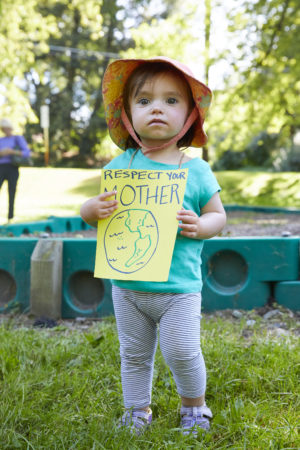

First: no one is more qualified to have this conversation than you.
As a friend or family member, you are what communication experts call a “trusted messenger.” People are more likely to believe those they trust and already have a personal relationship with. Other trusted messengers depend on the audience of course, but mostly they are standard authority figures; teachers, scientists, primary-care physicians and other health-care professionals, faith leaders, TV meteorologists, and staff at zoos, aquariums, museums, or nature centers are some examples.
You should feel empowered to cite these authority figures in defense of the facts. You’ve got the consensus of 97% of climate scientists on your side. But what if that isn’t enough?
Remember that oil giant ExxonMobil discovered the noxious effects of burning fossil fuels more than 40 years ago in 1977. Thirty years later, in Massachusetts vs. EPA (2007), the Supreme Court ruled that the EPA must classify CO2 as a pollutant, given that “greenhouse gas emissions present a risk of harm to Massachusetts that is both ‘actual’ and ‘imminent.’” The government’s own research had already determined that “global warming threatens… a precipitate rise in sea levels, severe and irreversible changes to natural ecosystems, a significant reduction in winter snowpack with direct and important economic consequences, and increases in the spread of disease and the ferocity of weather events.”
Arrive prepared with strong narratives.
Psychology tells us that our minds are hardwired for storytelling, not logic and number processing. Charts and climate data are helpful to deepen one’s understanding of the effects of global warming, but not necessarily for those who are skeptical of the premise to begin with. To communicate complex topics such as how greenhouse gases work or how global warming brings about more intense weather conditions, the UN recommends leaning on analogies.
Examples of useful climate analogies:
1. The Heat Trapping Blanket
Think of greenhouse gases as a heat trapping blanket. Carbon dioxide, methane, and (to get real nerdy) chlorofluorocarbons are heat trapping gases. They’ve always existed in the atmosphere, but since the industrial revolution, we’ve drastically changed the proportions. The more of these gases we put into the atmosphere, the thicker the heat trapping blanket gets, raising the temperature of the planet.
This was first proven by ExxonMobil in 1977 and subsequently buried in their archives for decades while they pretended ignorance.
2. Loading the Weather Dice
Increased emissions are “loading the dice” for extreme weather events. Sure, climate and weather are different, but weather is determined by climate. While we can’t say an extreme weather event is caused by climate change, we know that climate change is “loading the weather dice” so to speak, making certain extreme weather events more likely—such as flooding, hurricanes, and polar vortexes.
3. The Boiling Pot
A link between global warming and extreme weather events is the warming ocean surface temperature. One reason climate change has been a slow and gradual process is that the ocean actually absorbs a huge amount of heat and carbon dioxide. In the last 100 years, the ocean’s surface temperature has risen more than 0.5º C. In the same way that boiling water releases steam, a warmer ocean evaporates more quickly. More evaporated water is essentially fuel for tropical storms, intensifying them. Models project a 45-87 percent increase in the frequency of Category 4 and 5 hurricanes.
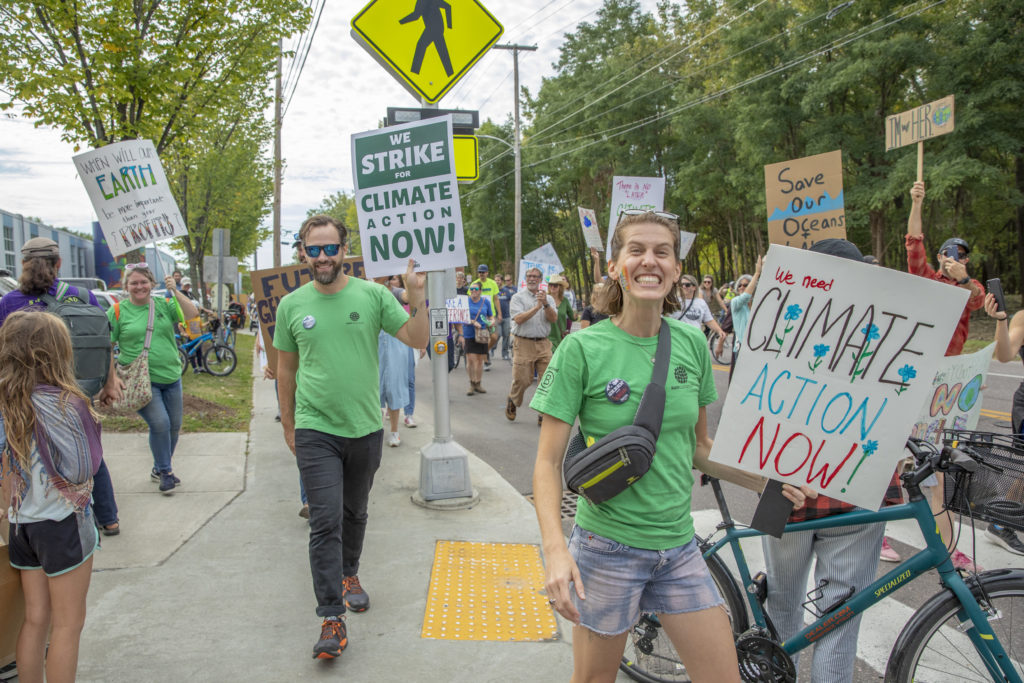

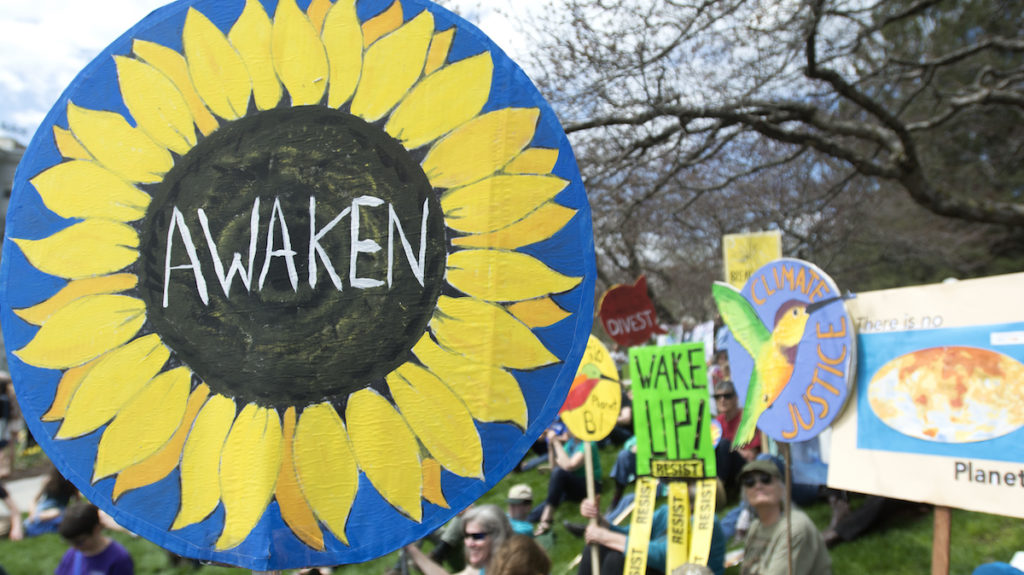

Ground the conversation in local experience.
Bring the issue close to home. Climate change is ubiquitous — its effects can be felt in every region. If you’re traveling, try bringing up a climate issue local to where you’re staying. If you’re with family in Boston for example, bring up the threat and consequences of rising sea levels on Cape Cod. Folks in the Midwest may respond better to reminders of the record-breaking flooding and devastating hurricanes like Sandy and Harvey. And, of course, if you’re out west, the fires are hard not to think about.
Forget about “climate change” and work together towards solutions.
Maybe they won’t buy your compassionately delivered climate change explanation, that doesn’t mean you can’t convince them to join you in embracing climate solutions! It turns out that even “climate truthers” can get on board with saving money on their electricity bills. Whatever your views are, supporting renewable energy just makes sense:
- Solar installation costs have dropped 70% since 2010 in the United States
- Solar is likely to become the world’s cheapest energy source in the next decade. In the southeast, solar and wind are beating new gas plants in efficient energy production. “By 2025, almost every existing coal plant in the United States will cost more to operate than building replacement wind and solar within 35 miles of each plant.”
- The renewable energy sector is good for the economy, creating jobs faster than almost any other sector. The U.S. Bureau of Labor Statistics forecasts that America’s two fastest-growing jobs through 2026 will be solar installer (105% growth) and wind technician (96% growth).


